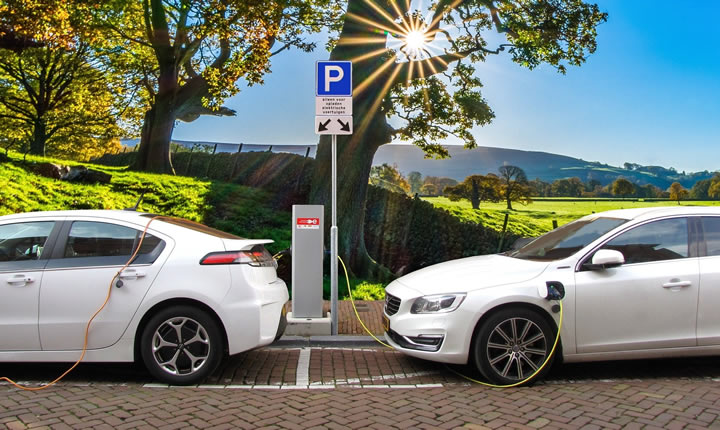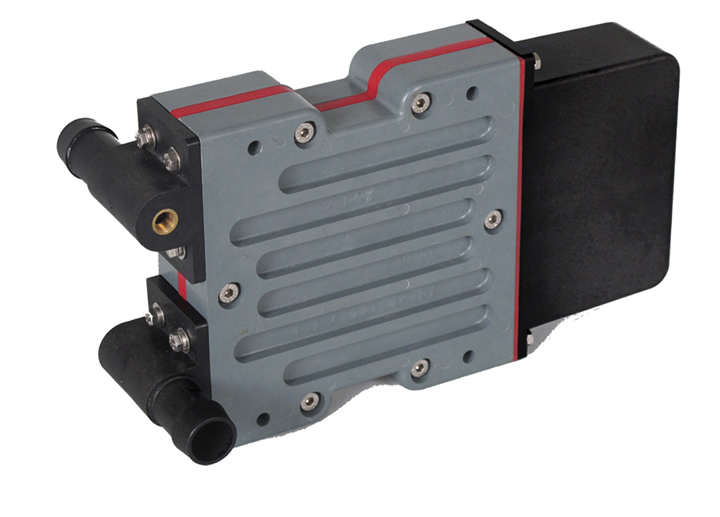An electrifying history - The developments that steered electric vehicles from past to present day

With sales of electric vehicles (EVs) already rising by 144 per cent in 2019, the popularity of EVs will only continue to increase ― but they haven’t always been racing ahead. Here, Simone Bruckner managing director of power resistor manufacturer Cressall, looks at the history of EVs, and the developments that advanced them.
In 2013, just 3,500 EVs were registered in the UK. By the close of 2019, this figure had soared to over 250,000, with several factors driving EV adoption. From a manufacturing perspective, EVs today are cheaper to produce than they were a decade ago, mainly due to reduced component costs.
Then, there are the environmental benefits, with battery powered vehicles generating 42 per cent of the carbon emissions of a conventional combustion engine. Finally, the increasing developments in battery technology and charging infrastructure are gradually reducing the range anxiety felt by many EV-sceptics when the vehicles first began to hit the roads.
Electric accelerates
Despite proving themselves as one of this century’s most transformative innovations, EVs first became popular around the turn of the 20th century for the advantages they held over steam-powered and combustion-engine vehicles. Steam powered vehicles were inconvenient, as they could take up to an hour to prepare and heat for a journey. Combustion engine vehicles were dirty, unreliable and difficult to start and operate.
The lifestyles of many people at the time meant long journeys weren’t commonly made. EVs were ideal for short urban journeys, and were regarded as easy and convenient to use.
But the electric powered vehicles of the time were not exactly like the ones we see today. The development of the first EV can be attributed to a series of technological advancements. In 1828, Ányos Jedlik, a Hungarian inventor, created an early type of electric motor and used it to power a tiny car. 30 years later, French Physicist Gaston Planté invented the lead-acid battery.
It was in 1884 that British EV pioneer Thomas Parker combined the two technologies in a single carriage to produce the first EV with the potential to be mass produced. Parker went on to electrify public transport, such as the London Underground and the Blackpool Promenade Tramway.
However, by the 1920s, EVs began to lose popularity as improved road infrastructure raised demand for longer vehicle ranges and the availability of petroleum increased.
Resurging ahead
Developments towards the end of the 20th century improved the performance of EVs, causing EV uptake to rise once again. Today, many electric vehicles can use regenerative braking, which recuperates energy lost through braking and returns it to the battery. However, when the battery is full, the vehicle must rely on its mechanical friction braking system to slow the vehicle or to bring it to a standstill.

Instead, it would be more beneficial to use a resistor to discharge the excess energy. Not only is the resistor useful in the event of an electrical fault on the batteries or during emergency braking, but it also reduces servicing costs due to decreased wear on the friction braking system. The energy dissipated into the resistor can also be used to heat the cabin or the batteries, which rapidly lose their efficiency at low temperatures, therefore reducing the requirement for a dedicated electrical heater.
Cressall’s EV2 water cooled modular resistor can be used in automotive applications to ensure any excess energy from braking is safely dissipated or recycled. The EV2 has a unique design that separates the resistor elements from the coolant, providing a lightweight yet high power solution, and the modular units can be combined to handle from 3kW to 1MW.
The popularity of EVs has oscillated through the decades, but climate change is increasing their demand, which in turn is driving developments in many areas of EV technology.
Comments (0)
This post does not have any comments. Be the first to leave a comment below.
Featured Product

